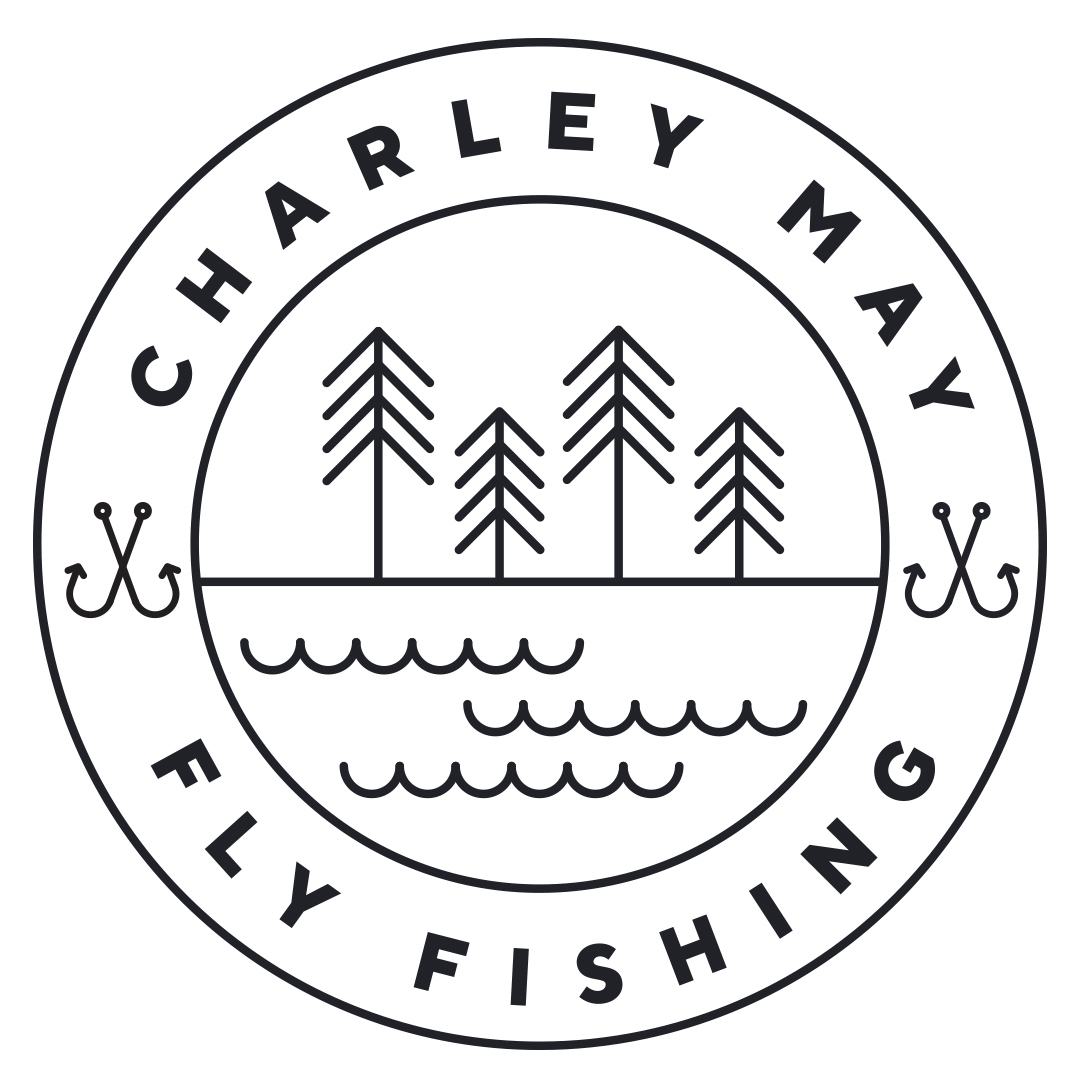What is fly fishing
/The simple answer is that it’s a type of fishing that uses different equipment, techniques, and has a different philosophy, compared to spin or bait fishing. Arguably one of the most graceful forms of fishing, it’s also one of the oldest with early forms of fly fishing dating back to the third century A.D. In modern times, fly fishing was popularized in Robert Redford’s blockbuster film ‘A River Runs Through It’ where Brad Pitt made the sport particularly beautiful… he really did look particularly fine circa 1992. Anyway, I digress so let’s look at what makes fly fishing different from other types of fishing.
Fishing technique:
In fly fishing we don’t use the weight of the lure or bait to pull the line after it. Instead, we use the energy of the rod and the weight of the line (which is thicker and relatively heavier than spin/bait line) to create the momentum to carry the ‘bait’ to its destination. In order to do this, we have to use casting strokes to create the propulsion needed to get the line out. This is the reason why people fly fishing look so distinctive because they’re waving a rod around to get the line out while their spin/bait fishing peers make one ‘throwing’ action.
Rods, lines and reels:
Fly rods are generally thinner and more flexible than spin/bait rods because the casting technique used in fly fishing calls for a different design. Fly rods vary in size and are categorized by their ‘weight’. Basically the smaller the weight number the smaller the rod. It’s worth noting that you don’t need to be an incredible hulk to use rods with high weight numbers, they’re actually still pretty light and manageable. It’s just a measure that indicates the rod’s power and ability to cast a particular ‘weight’ of line — and this must correspond to the rod. Basically in an average fishing situation if you’re using a 4 weight rod, then you need to use a 4 weight line for everything to work harmoniously.
The lines themselves are made of an inner braided core that is covered in a plastic coating. And the line will either float or sink depending on the coating. They’re also designed with different ‘tapers’ that help you cast well in different conditions and circumstances. I won’t get too technical but the taper you would use in windy conditions on a small brook would differ to that on larger, calmer sections of water. The lines come in different ‘weights’ that should be matched up to a similar weight rod for the best results (though there are times when you can increase or drop the weight of the line used).
Reels are totally different from bait or spin fishing reels because they’re designed primarily to just store line, provide smooth drag (tension) when a fish runs, and counterbalances the weight of the rod. Most modern fly reels have one crank handle (that on some can be adjusted to go on either side of the reel), disc drag systems that allow you to control the tension under which the fish runs, and a 1:1 ratio meaning one complete revolution of the handle means one complete revolution of the spool (this is pretty different to bait/spin fishing)
Lunch:
No, I haven’t made a typo it’s just that this word is more appropriate than ‘bait’ to describe what we use to catch fish. In fly fishing we use ‘flies’ or lures, made from natural and man made fibres tied to a hook, that imitate the types of insects, bugs, fish, and crustaceans found in our target fish’s home. Creating these flies and lures is an artform in itself and those who tie them require patience, skill and a good memory because there are literally thousands of different types. Depending on the type of food source you’re trying to imitate, they can float or sink beneath the water to tempt a fish to take a bite.
Types of fish you can catch:
You can catch many different types of freshwater and marine species using the flyfishing method, but trout, grayling and salmon are the most famous fish to be caught on the fly. However, we’ll be focusing our energies on chasing brown and rainbow trout in pristine Victorian streams and rivers.
Trout are not native to Australia and were introduced over 150 years ago. Brown trout were brought over by the English and were first released into Tasmania in 1860s, with them making their way to Victoria ten years later. Rainbow trout were brought in by our friends from across the pond from New Zealand via North America in the 1880s.
Today, they’re still thriving in the lakes, streams and rivers of Victoria, New South Wales and Tasmania. Brown and rainbow trout are pretty fish and extremely exciting to catch on the fly. I’ve been fishing for nearly 30 years and my heart still races every time I hook up to one and it screams off down the stream. They’re feisty fish and it takes a lot of skill to catch and net them for the brag shot (yup, that’s me looking pretty happy with myself above).
Now, it’s worth saying that this has been a whistlestop tour of what fly fishing is about. In reality, it’s a vast and fascinating subject area that would take up pages to explain fully here. And to be honest, I’d prefer to show you what it’s all about on the water. So, let’s go fishing.




